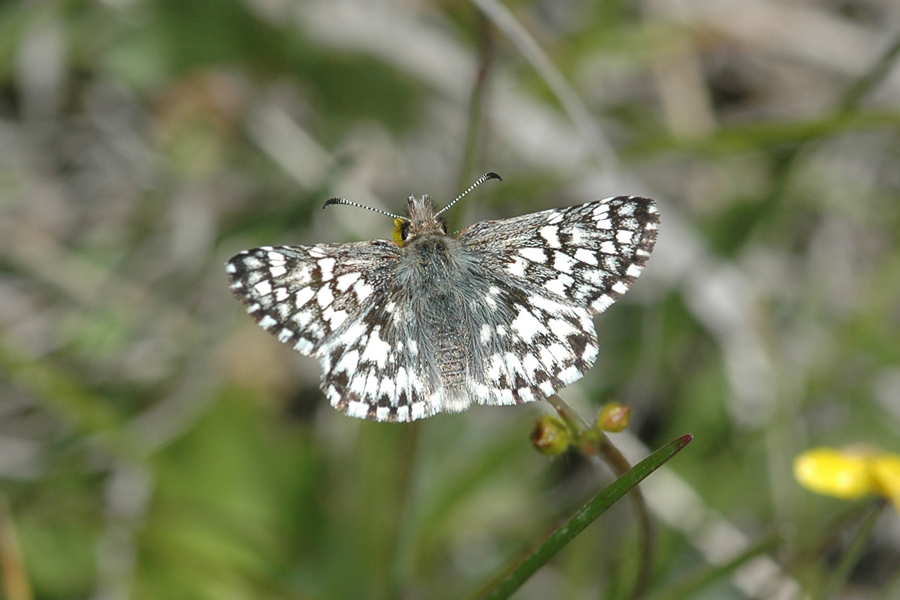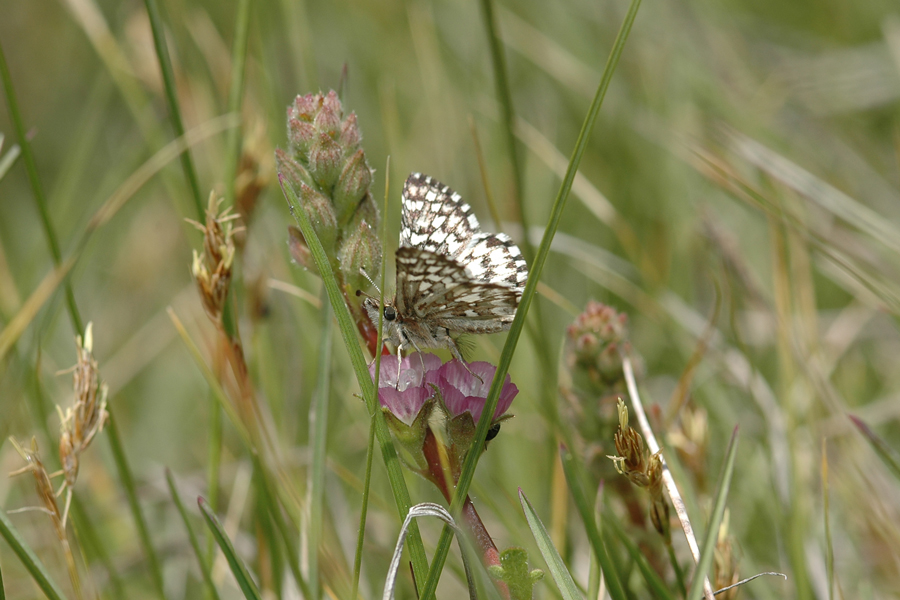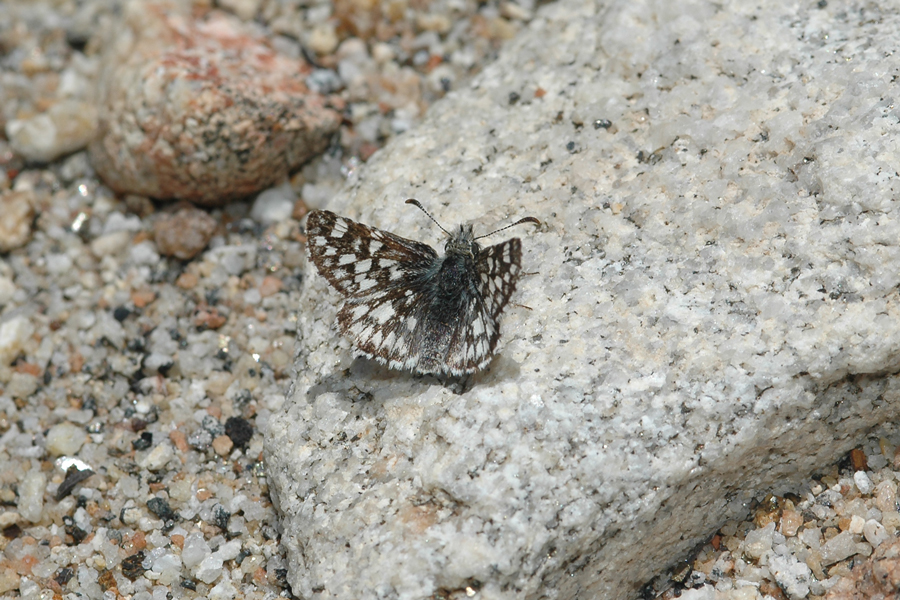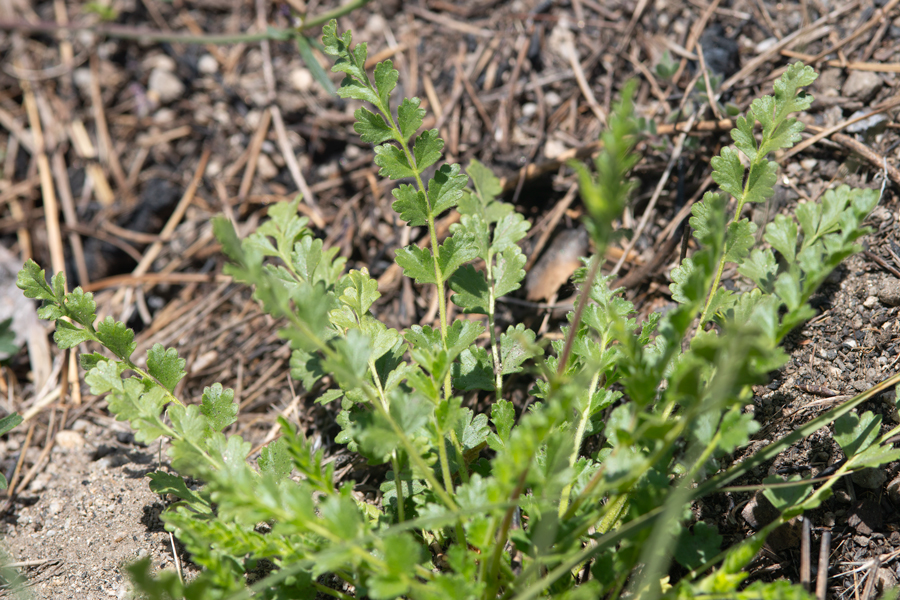Pyrgus ruralis lagunae
Laguna Mountains Skipper
This endangered skipper is being restored in meadows in the Laguna Mountains, from which it had disappeared. The Laguna Mountains skipper was in serious trouble when I saw a few in 2010 at Palomar Mountain, the only place it was known to still exist at that time. One key to the survival of this skipper is the well-being of the primary larval food plant: Horkelia clevelandii, in the right kinds of mountain meadows. With this Rosaceae family plant doing well in a number of moist mountain meadows - without trampling by man, beast, or machine - and gets sufficient precipitation, then this rare skipper has a chance. As they write in the USFW Recovery Plan,
Resilient populations of sufficient size are necessary to withstand natural stochastic events (extremes of otherwise normal conditions that temporarily reduce population size). Redundant populations are necessary to withstand catastrophic events (unpredictable rare events that may cause population extirpation). Both are needed to preserve populations with genetic composition representative of maximum remaining diversity (genes likely to be required for survival under current and future ecological states) and withstand climate change driven increased vulnerability to grazing pressure and loss of habitat suitability.
Critical habitat has been designated at both mountains, and there is an ongoing breeding program that has been rearing and releasing skippers into the proper habitats in the Lagunas. If I'm able to visit, I'll post about it on this site.
Adults fly early April to late May, and then there is a smaller second brood from late June to late July. Females place eggs singly on the underside of the Horkelia leaves. Eggs hatch in about ten days, and larvae use silk to form shelters in the leaves. After feeding (there are five instars), they pupate, usually also in a leaf shelter on the plant. This pupal stage is the overwintering stage, but some break diapause and emerge from their chrysalises for the partial summer flight; others simply continue in diapause until the following spring. The summer flyers reproduce, and in time a new crop of pupae join the others to hibernate. All these hibernating pupae are said to break diapause and emerge for the spring flight.



